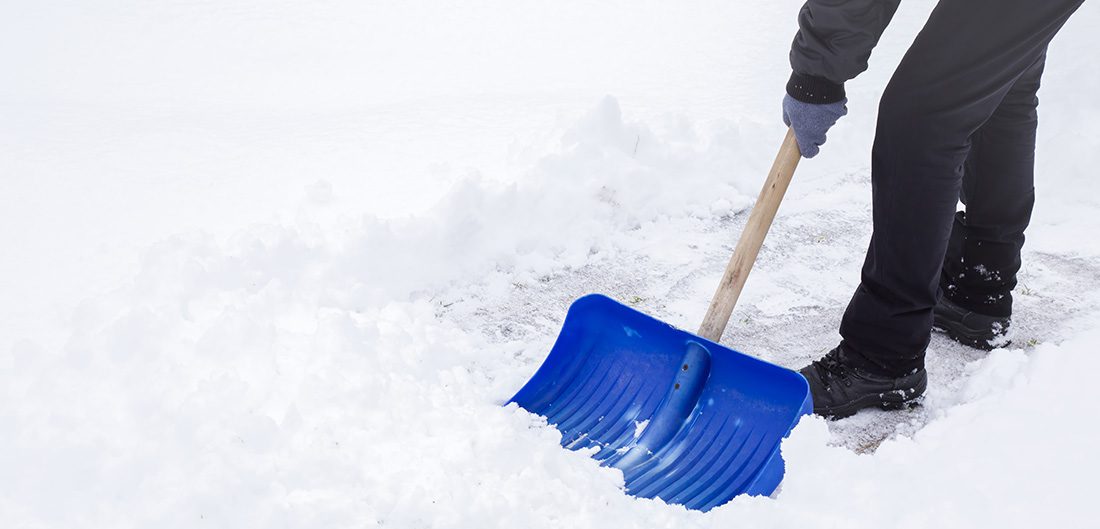Shoveling snow: great form of exercise or risk to your health? The answer is probably both.
A 17-year study published in the American Journal of Emergency Medicine in 2011 shows shoveling snow sends, an average of more than 11,000 people to the ER each year. WebMD breaks down the types of injuries that result from shoveling snow and why while The Washington Post looked at some of the graver consequences of shoveling snow if you or or your heart aren’t in top form. (Spoiler: The cold air makes your blood vessels constrict more than other forms of exercise, which increases the risk of a heart attack.)
Still, snow sometimes just needs to go. Here are 10 tips to make snow removal safe and easy.
- Know when to DIY and when to ask for help. If you don’t regularly exercise, are over the age of 55 or have a heart-related health issue, it’s best to ask for help or contract a snow removal service.
- Keep the shovel low to the ground and push snow rather than lifting and tossing it. Avoid throwing it over your shoulder or off to the side to minimize lifting and twisting.
- Wear sturdy boots with good treads. They’ll keep your feet warm and dry and help you avoid slipping.
- Use salt to minimize ice that can form from packed snow still on the ground when you’re done shoveling. This will reduce the chance of slips and falls.
- Make sure kids know how to shovel correctly. Teach them not to use shovels as toys—most injuries children get from snow shoveling result from getting hit on the head by accident.
- Invest in a snow blower and learn how to use it safely. But know that pushing a snow blower in the cold carries risk, too.
- Use a lightweight shovel with a bent or curved handle. Less bending down to scoop=less back aches.
- Stretch before you start. Although it doesn’t seem like an intense workout, shoveling snow enlists a lot of muscles. Stretching and warming up before getting started can help reduce soreness and injuries.
- Keep yourself warm. Wear warm, layered clothing and try to shovel when the day’s temperature is at its highest. But don’t bundle up so much that you overheat. Aim for just right and take a break to adjust as you need to while you work.
- Know when to stop. If you feel light headed, dizzy or a tightness in your chest, stop shoveling, rest and ask for help finishing the chore.
This article brought to you by our friends at Erie Insurance. Miller’s would like to extend it’s gratitude to Erie Insurance for both being a wonderful business ally and for letting us use the articles found on their blog, Eriesense.

